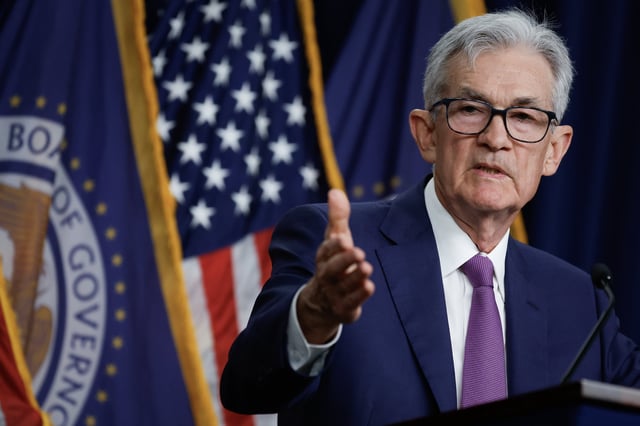Overview
- The Federal Reserve kept interest rates steady at 5.25% to 5.5%, the highest level in 23 years.
- May's inflation data showed a decline, with core CPI rising just 0.2%, the lowest since June 2023.
- Economists and market analysts had anticipated more rate cuts, but the Fed remains cautious.
- Stock markets showed mixed reactions, with tech stocks like Tesla and Broadcom seeing gains.
- High borrowing costs continue to affect consumers, particularly in the housing and credit markets.



